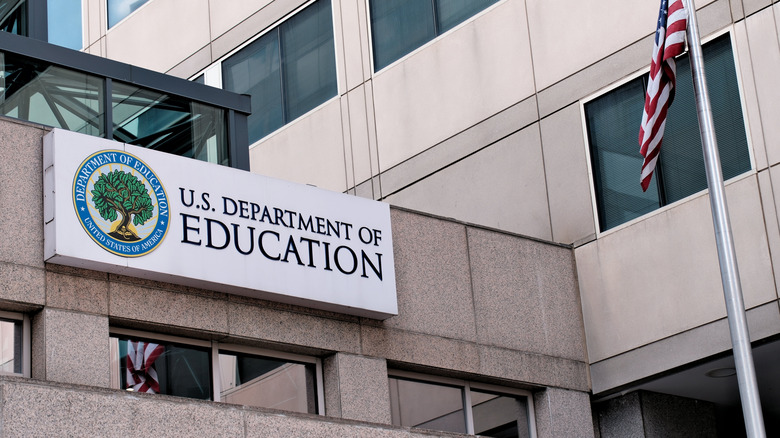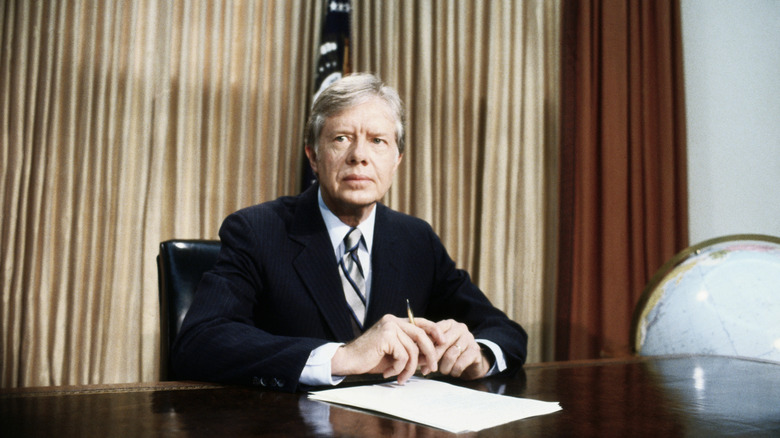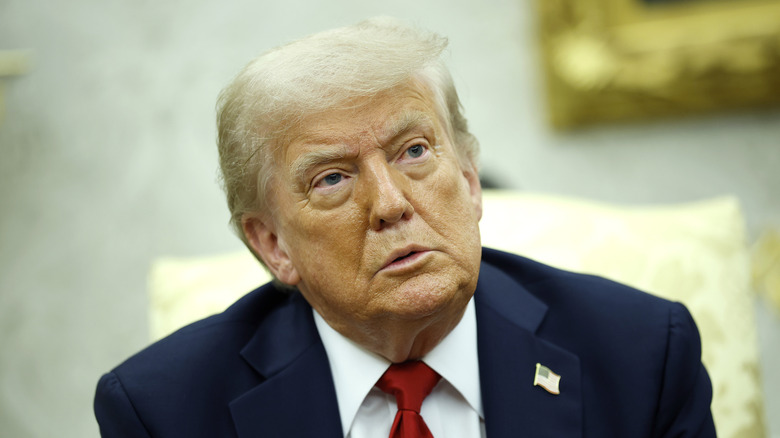How Did The Department Of Education Start?
The U.S. government and the federal agencies connected with it often feel as though they have existed unchanged since the country first came into existence. But in fact, some aspects are surprisingly new despite their influence over the modern world. One of these is the Department of Education, the roots of which go back to the 19th century, but which in fact only came into being in its current form less than five decades ago.
The Department of Education's first incarnation arrived back in 1867 under President Andrew Johnson, after being introduced in a bill authored by future president James Garfield. However, the federal nature of the department made it controversial in a post-Civil War era, as did the fact that some believed it was set up by abolitionists with the intention of providing education to former slaves. Though it was originally intended as a fact-finding body intent on gathering data on education across the nation, fears that it could extend its influence saw it demoted to an "office" rather than a department the following year.
The creation of the modern Department of Education
The Department of Education only began to resemble the body that we recognize today far later, when it was signed into law by President Jimmy Carter in October 1979. The need for an expanded federal education department began to become clear in the 1950s, when the Cold War Space Race saw the United States and Soviet Union increasingly compete in the spheres of science and technology. It resulted in a greater emphasis on the importance of expertise in these areas, which called for greater investment and oversight in education so that the U.S. might develop an edge when it came to technological advancement.
However, it was only as late as May 4, 1980, that the U.S. Department of Education was officially opened, with the Department of Health, Education, and Welfare divided into the Department of Education and the separate Department of Health and Human Services. In this form, the department's missions are to provide equal educational opportunities for all Americans, supplement school systems and other institutions that provide education to communities across the country, and more. By 2016, it had an annual budget of $73 billion and around 5,000 employees.
The end of the Department of Education?
The Department of Education has generally been respected and defended by the U.S. government since its formation, but recent years have seen it finally come under significant threat. In March 2025, President Donald Trump, who was pushing ahead with big changes despite being in power for just two months, signed an executive order instructing the Secretary of Education to eventually close the Department of Education, beginning with widespread layoffs.
However, experts have argued such a plan would undoubtedly be illegal, as it would require approval from Congress. In May, federal judge Myong Joun wrote an 88-page opinion blasting the Trump administration's claim that cuts at the Department of Education were for the sake of improving efficiency. Joun imposed a legal block on the planned firings.
However, in July, the block was controversially overturned by the Supreme Court by a 6-3 majority, freeing the department to impose mass layoffs starting August 1. Trump himself has stated that the move will allow power over education to return to individual states, though critics have noted that shuttering the Department of Education will unfairly affect students from low-income households, children with disabilities, and could cause disruption to the student loan system.


